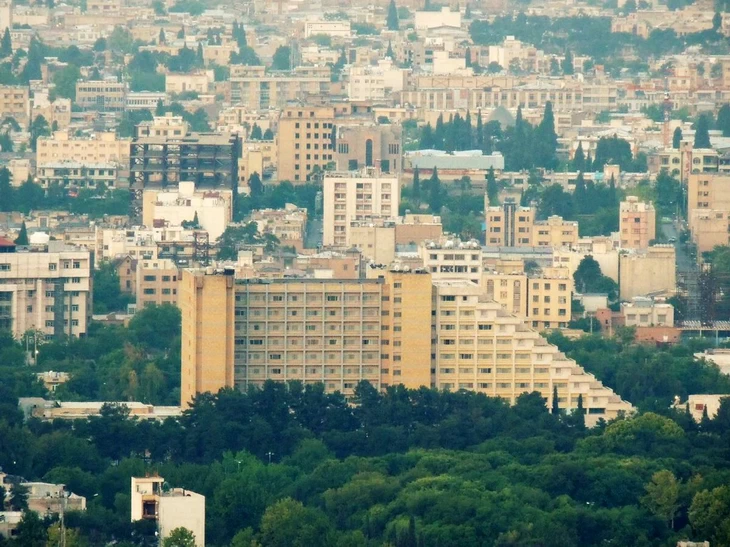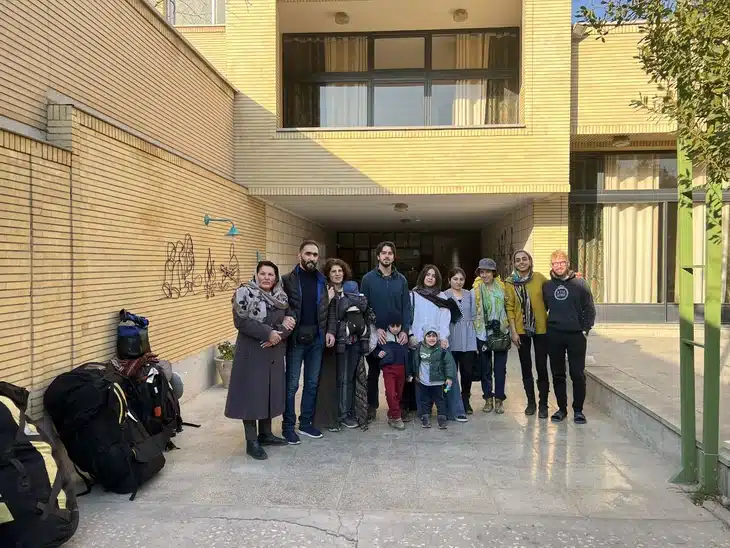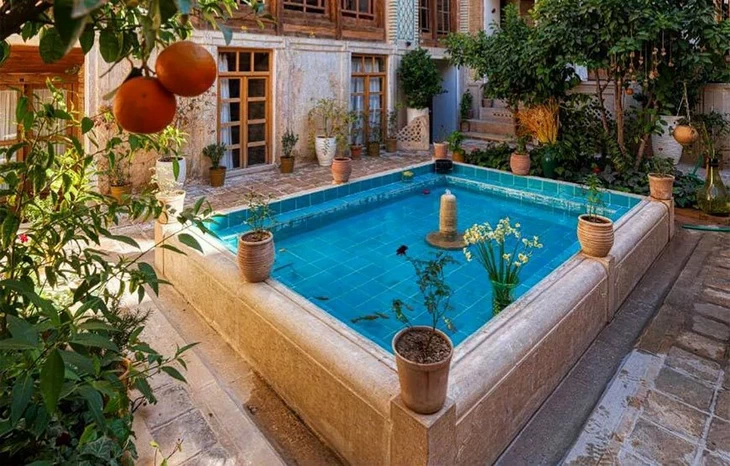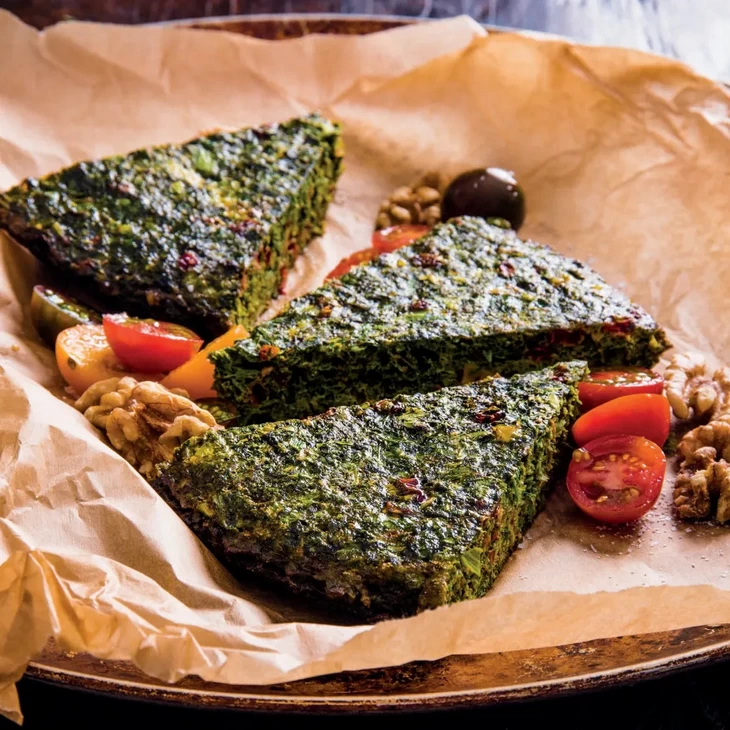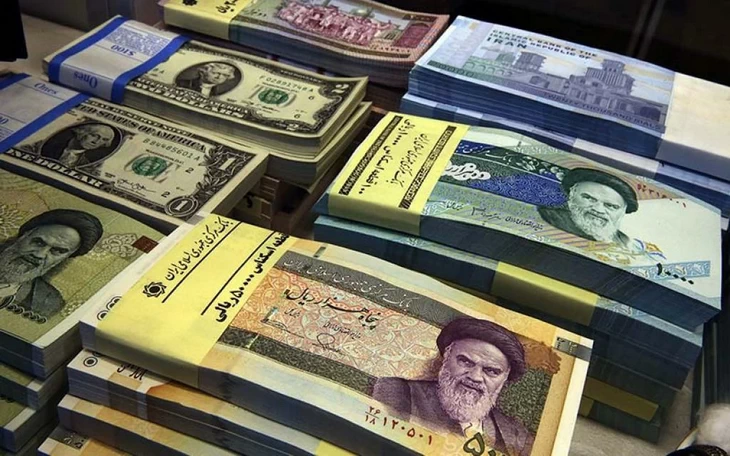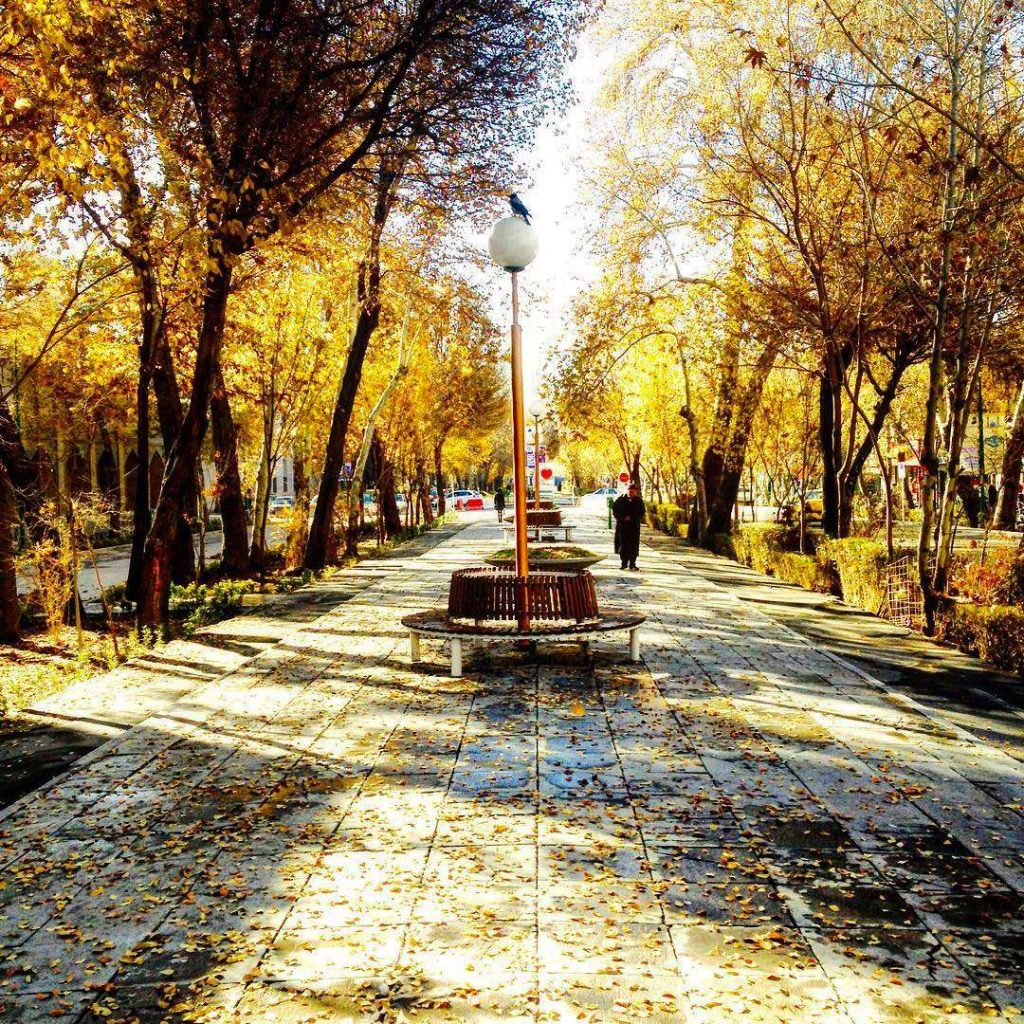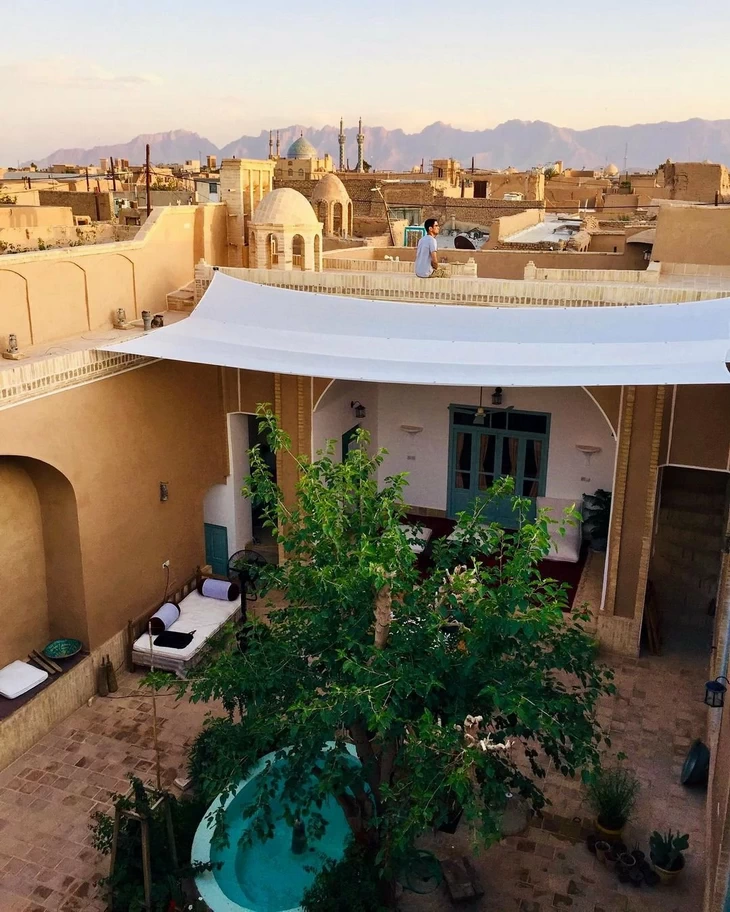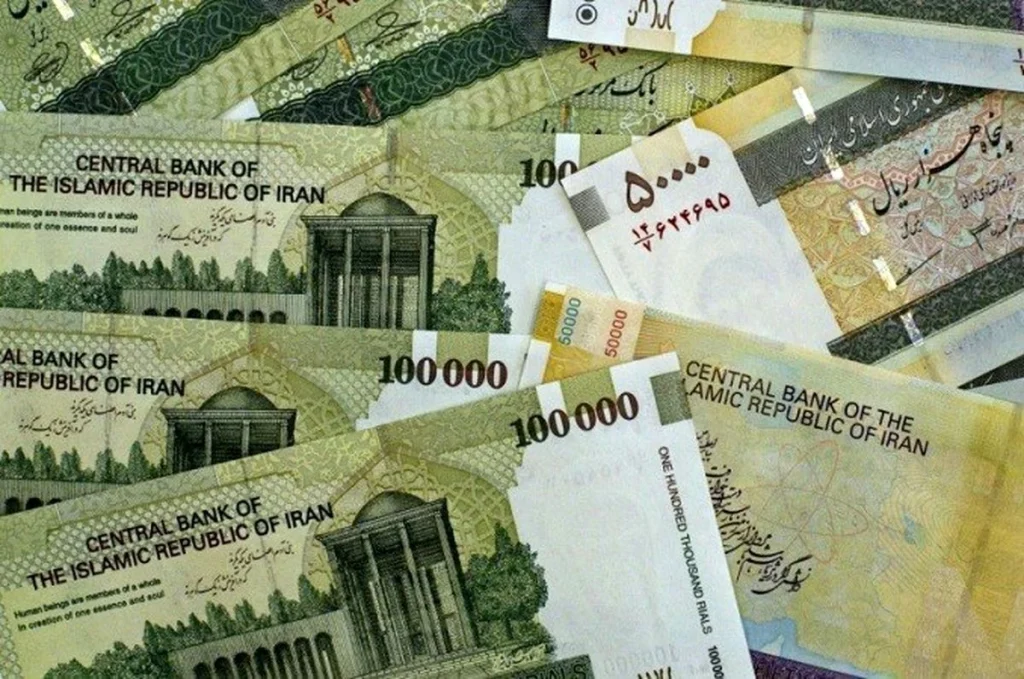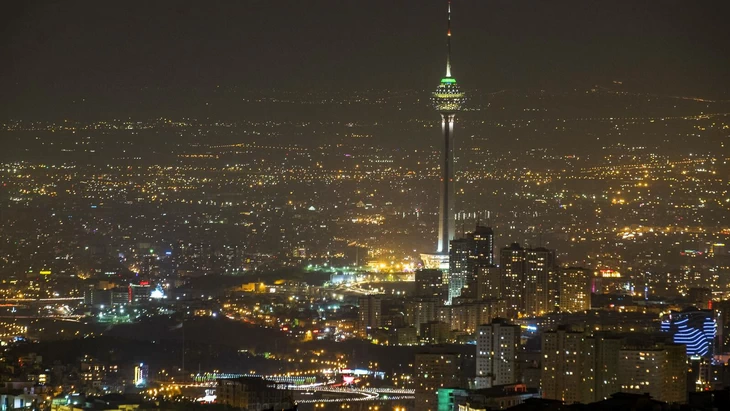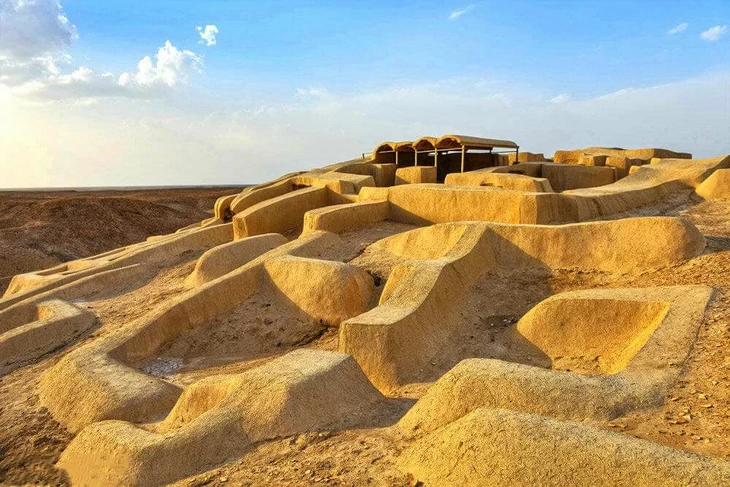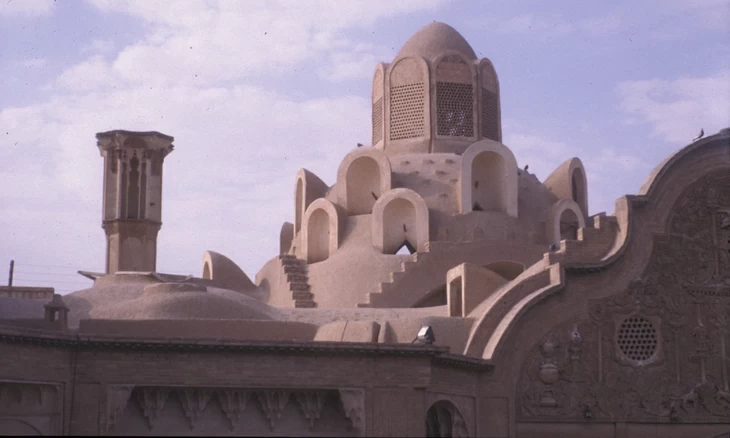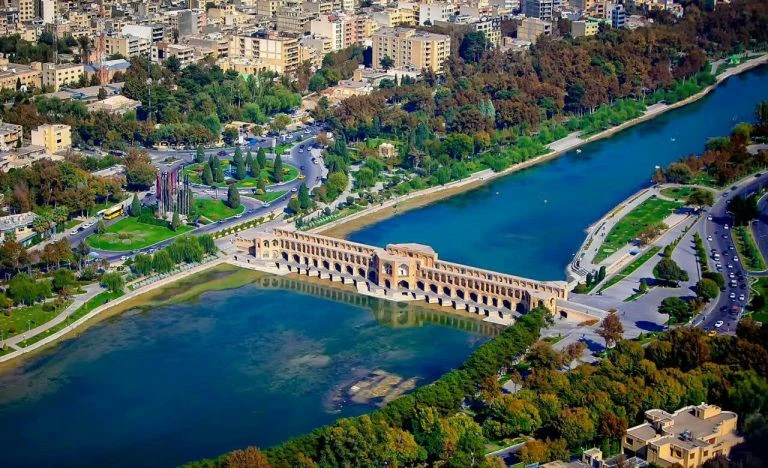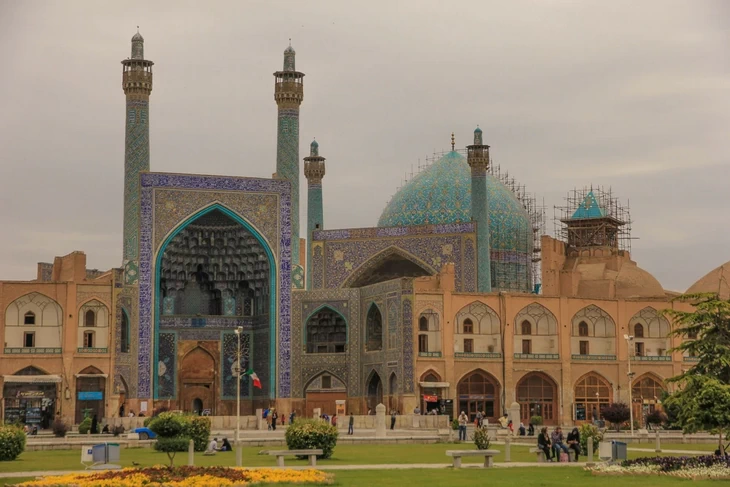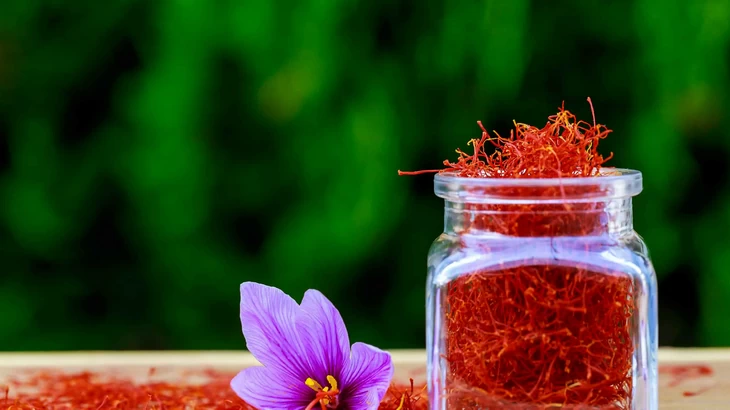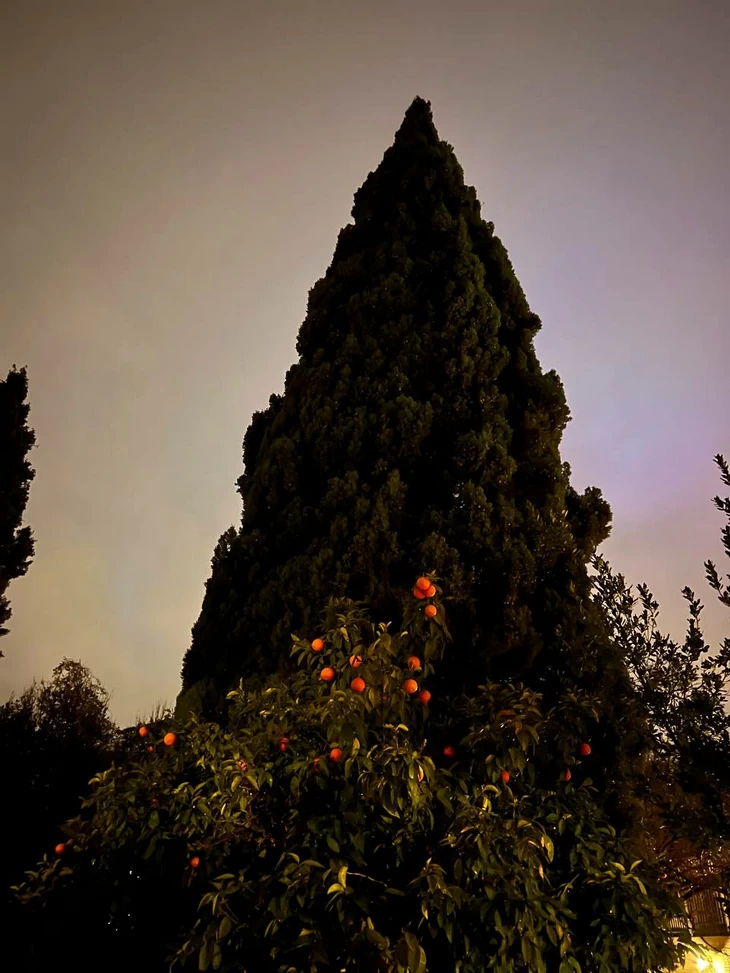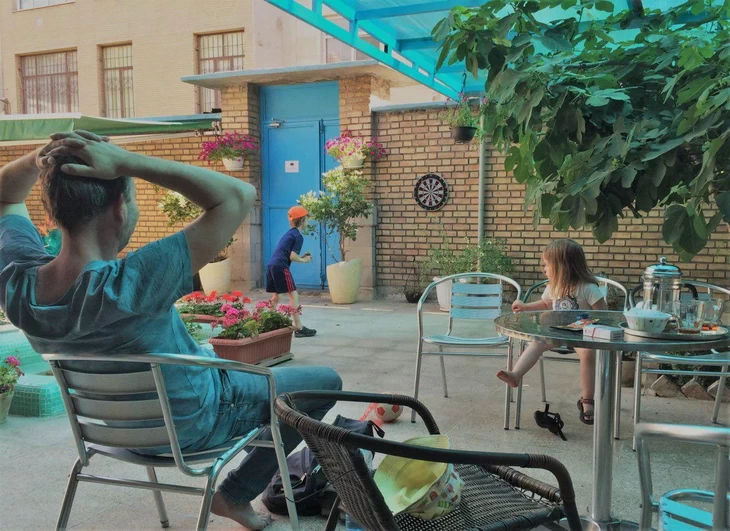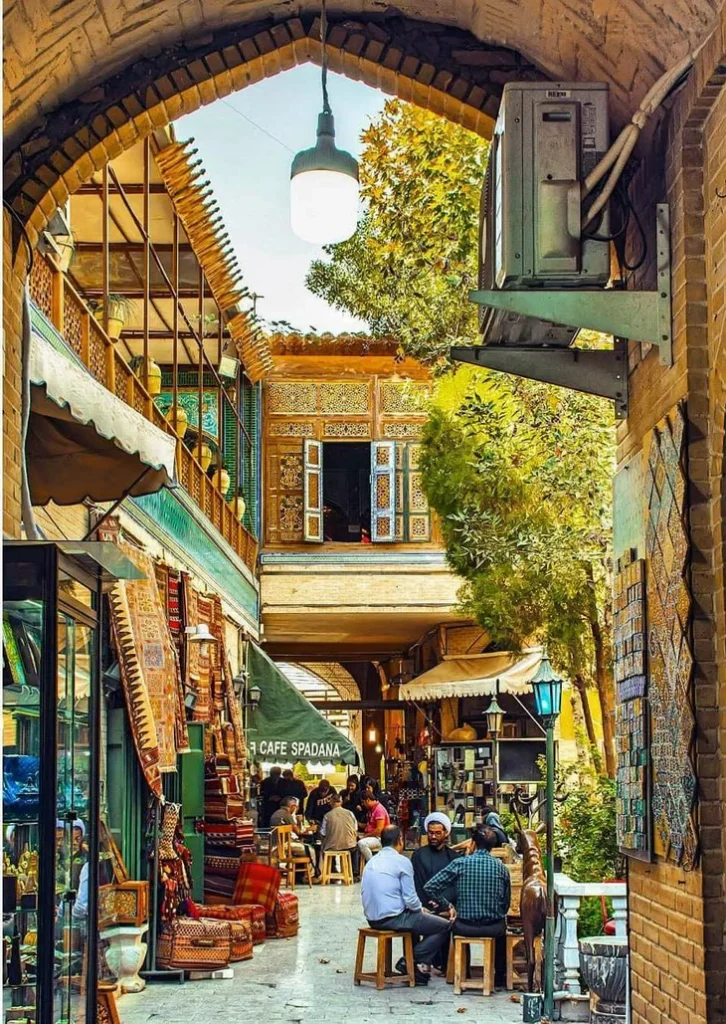The Jameh Mosque of Isfahan
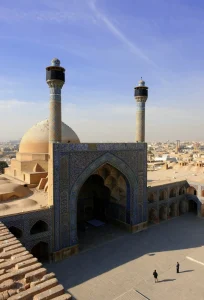
While the Naghshe Jahan Square is the pride and joy of Isfahan City, perhaps it would be fair to say that it tends to cast a pretty imposing shadow on the numerous magnificent attractions in the city. One of the said attractions -one that you would forever regret missing out on- is the Jameh Mosque.
You may have already heard the words Masjed-e Jame, Jameh Mosque, or Friday Mosque, and wonder what they mean and exactly why every city in Iran has one. Well, there’s the concept of mass praying on holidays which is consistent through all Abrahamic religions: There’s the Sabbath in Judaism, Sunday church in Christianity, and Namaz-e Jome (Jome meaning Friday) in Islam. Since Iran gradually became one of the main centers of Islamic culture, you will find plenty of mosques in every city, but the Jameh Mosque of each city is unique.
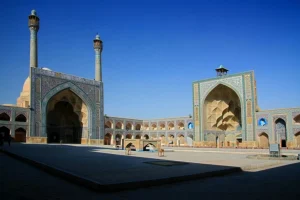
One of the oldest mosques in Isfahan, a UNESCO World Heritage Site, and what is known as the Museum of Iranian-Islamic Architecture, the Jameh Mosque is truly a sight to behold. In this building, you can pretty much see the evolution of Islamic architecture in Iran, and the many styles of Iranian architecture.
It is also worth mentioning that we are talking about the “Atiq” Jame’a Mosque here, not the other Jame ‘a Mosque which is also called the Shah Mosque. This slightly confusing duality is due to the fact that before the Naghshe Jahan Square which became the cultural center of the city as King Abbas of the Safavi Dynasty had planned, Sabzeh Meydan or the Atiq (old) Square used to be Isfahan’s hub.
History of the Jameh Mosque
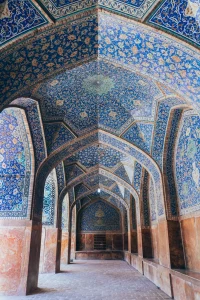
Before it became what it is today, the Jameh Mosque was a Sassanid fire temple. After the Arabs’ war on the Sassanid Empire, which brought this new religion of Islam to our country, the temple was turned into a mosque. Since that time, it has seen dynasties come and go; The Abbasids, Seljuq, Ilkhanid, Timurid, and Safavid dynasties are just a few of the notable ones. Each of these dynasties has contributed to the mosque, making it a complete collection of Iranian-Islamic architectural styles and eras.
Architecture of the Jameh Mosque
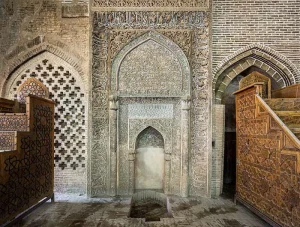
The base layout of Jameh Mosque is what is referred to as the four-courtyard style (which has roots in Sassanid architecture) and would become one the most popular layouts for building mosques in the Islamic world. The ceramic decorations, Muqarnas, and stucco work (the Jameh Mosque houses the El Jayto Altar, one of the most beautiful of its kind) used to decorate the domes, columns, and walls of the mosque are truly one of a kind.
Final Words
We hope your visit to Isfahan is lengthy enough that you won’t have to cram multiple destinations into a few days, and actually get to discover everything that the city has to offer. But even if not, we hope we’ve helped you better organize your itinerary! we’d love to host you in Sarv or Mahbibi when you come by Isfahan! And also, make sure you visit our other blogs about our fair city!
- Things to do in Isfahan
- Isfahan hidden attractions
- Beauties of Isfahan
- People of Isfahan
- Isfahan hostels
- Cheap Isfahan accommodation
- Isfahan hotels
- Moshir Al-Molk House
- Breaking your journey between Kashan and Isfahan
- The Zayandeh Rud River
- The Naghshe Jahan Square
- The Best Restaurants in Isfahan
- The Armenian Quarters
- The Armenian Music Museum of New Julfa

